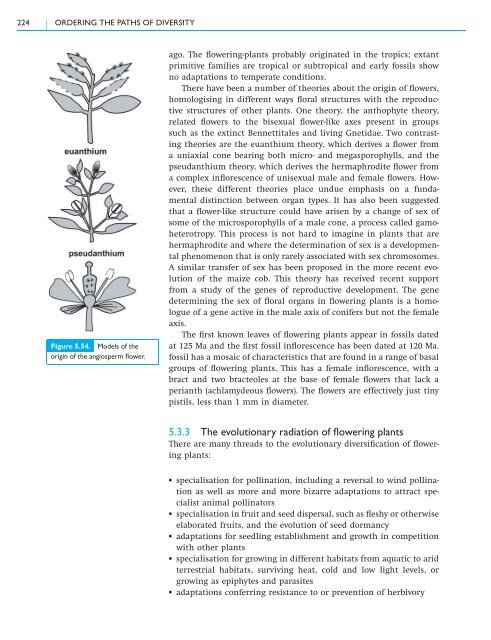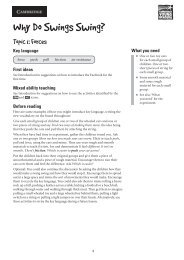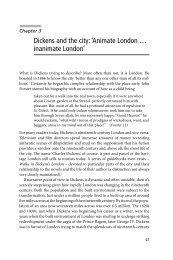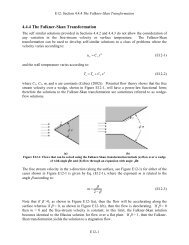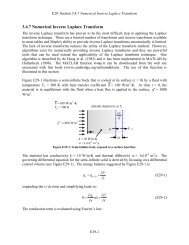5.3 Class Magnoliopsida – flowering plants - Cambridge University ...
5.3 Class Magnoliopsida – flowering plants - Cambridge University ...
5.3 Class Magnoliopsida – flowering plants - Cambridge University ...
You also want an ePaper? Increase the reach of your titles
YUMPU automatically turns print PDFs into web optimized ePapers that Google loves.
224 ORDERING THE PATHS OF DIVERSITY<br />
Figure 5.54. Models of the<br />
origin of the angiosperm flower.<br />
ago. The <strong>flowering</strong>-<strong>plants</strong> probably originated in the tropics; extant<br />
primitive families are tropical or subtropical and early fossils show<br />
no adaptations to temperate conditions.<br />
There have been a number of theories about the origin of flowers,<br />
homologising in different ways floral structures with the reproductive<br />
structures of other <strong>plants</strong>. One theory, the anthophyte theory,<br />
related flowers to the bisexual flower-like axes present in groups<br />
such as the extinct Bennettitales and living Gnetidae. Two contrasting<br />
theories are the euanthium theory, which derives a flower from<br />
a uniaxial cone bearing both micro- and megasporophylls, and the<br />
pseudanthium theory, which derives the hermaphrodite flower from<br />
a complex inflorescence of unisexual male and female flowers. However,<br />
these different theories place undue emphasis on a fundamental<br />
distinction between organ types. It has also been suggested<br />
that a flower-like structure could have arisen by a change of sex of<br />
some of the microsporophylls of a male cone, a process called gamoheterotropy.<br />
This process is not hard to imagine in <strong>plants</strong> that are<br />
hermaphrodite and where the determination of sex is a developmental<br />
phenomenon that is only rarely associated with sex chromosomes.<br />
A similar transfer of sex has been proposed in the more recent evolution<br />
of the maize cob. This theory has received recent support<br />
from a study of the genes of reproductive development. The gene<br />
determining the sex of floral organs in <strong>flowering</strong> <strong>plants</strong> is a homologue<br />
of a gene active in the male axis of conifers but not the female<br />
axis.<br />
The first known leaves of <strong>flowering</strong> <strong>plants</strong> appear in fossils dated<br />
at 125 Ma and the first fossil inflorescence has been dated at 120 Ma.<br />
fossil has a mosaic of characteristics that are found in a range of basal<br />
groups of <strong>flowering</strong> <strong>plants</strong>. This has a female inflorescence, with a<br />
bract and two bracteoles at the base of female flowers that lack a<br />
perianth (achlamydeous flowers). The flowers are effectively just tiny<br />
pistils, less than 1 mm in diameter.<br />
<strong>5.3</strong>.3 The evolutionary radiation of <strong>flowering</strong> <strong>plants</strong><br />
There are many threads to the evolutionary diversification of <strong>flowering</strong><br />
<strong>plants</strong>:<br />
specialisation for pollination, including a reversal to wind pollination<br />
as well as more and more bizarre adaptations to attract specialist<br />
animal pollinators<br />
specialisation in fruit and seed dispersal, such as fleshy or otherwise<br />
elaborated fruits, and the evolution of seed dormancy<br />
adaptations for seedling establishment and growth in competition<br />
with other <strong>plants</strong><br />
specialisation for growing in different habitats from aquatic to arid<br />
terrestrial habitats, surviving heat, cold and low light levels, or<br />
growing as epiphytes and parasites<br />
adaptations conferring resistance to or prevention of herbivory


